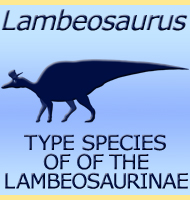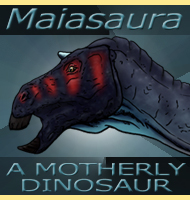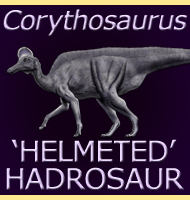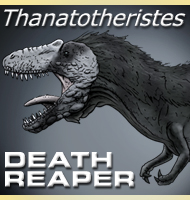


Charonosaurus
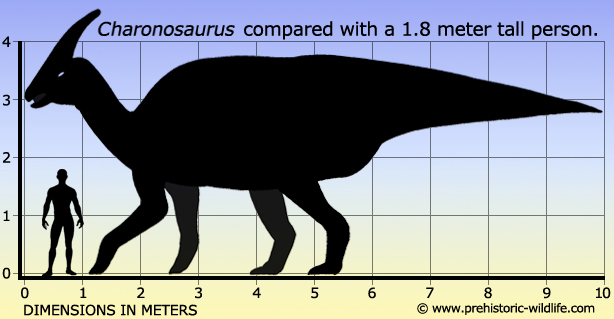
Name:
Charonosaurus
(Charon’s lizard).
Phonetic: Kah-ron-o-sore-us.
Named By: Godefroit, Zan & Jin -
2000.
Classification: Chordata, Reptilia, Dinosauria,
Ornithischia, Ornithopoda, Hadrosauridae, Parasaurolophini.
Species: C. jiayinensis
(type).
Diet: Herbivore.
Size: Estimated up to 10 meters long.
Known locations: China - Jilin Province -
Yuliangze Formation.
Time period: Late Maastrichtian of the Cretaceous.
Fossil representation: Partial skull and additional
post cranial remains later referred to it.
Charonosaurus
is immediately recognisable to its similarity to the better known
Parasaurolophus.
However Charonosaurus was seems to have been
considerably larger than its North American cousin, as well as living
later after Parasaurolophus had disappeared in
North America. Like
with Parasaurolophus, the crest of Charonosaurus
is thought to have
served both a display and possibly auditory display purpose. Other
hadrosaurids
from roughly the same location as Charonosaurus
include
Sahaliyania
and Wulagasaurus.
Additionally, potential predators of
Charonosaurus include the huge Tarbosaurus.
The
Charonosaurus holotype skull was recovered from the
southern bank of
the Amur River which divides Russia (north bank) and China.
Because of its close proximity to a river, the describers cleverly
came up with the name Charonosaurus which means
‘Charon’s lizard’.
In Greek Mythhology Charon was the ferryman who transported the souls
of deceased from the land of the living across the River Styx into the
land of the dead (The Ancient Greek practice of placing coins upon
the eyes of the deceased was so that they could pay the ferryman).
Another extinct reptile that shares a similar connection is the
elasmosaurid plesiosaur
Styxosaurus
which was named after the river
itself.
Further reading
- Charonosaurus jiayinensis n. g., n. sp.,
a lambeosaurine
dinosaur from the Late Maastrichtian of northeastern China, Pascal
Godefroit, Zan Shuqin & Jin Liyong - 2000.
----------------------------------------------------------------------------
Random favourites
 |
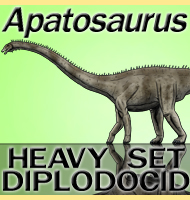 |
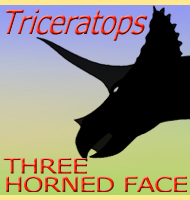 |
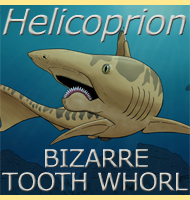 |
